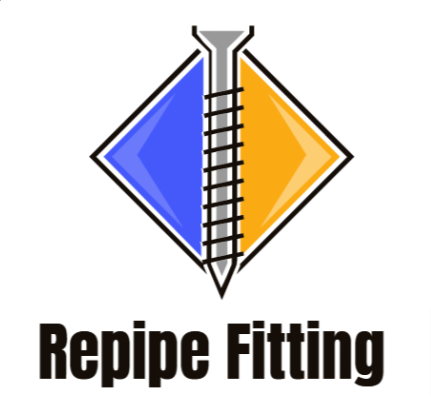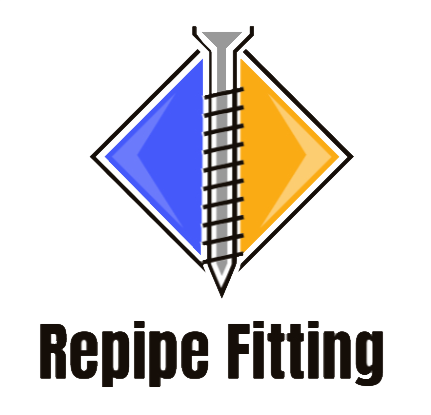Introduction
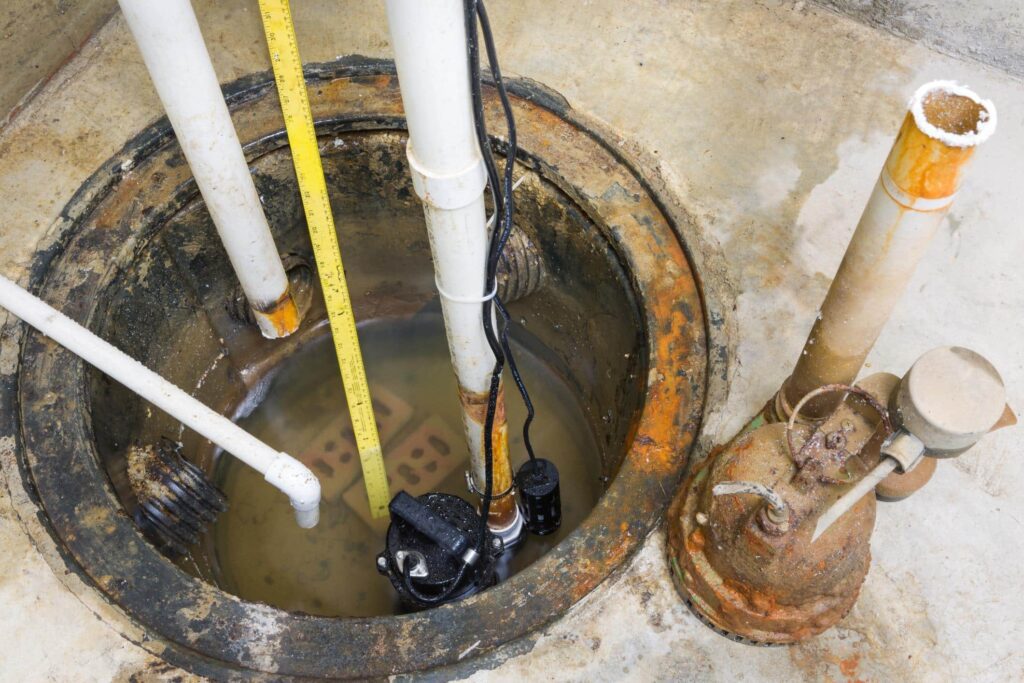
Hey there, aspiring DIY plumber! Dealing with a stubborn grease clog in your pipes? Don’t fret; you’re in the right place. Grease accumulation in your pipes is a common issue that can cause a real headache if left unattended. In this comprehensive guide, we’ll walk you through the process of dissolving grease in your pipes step by step. So grab your toolkit, and let’s get those pipes flowing smoothly again.
The Common Problem of Grease Clogs in Kitchen Sinks

Grease clogs are like the sneaky culprits of plumbing issues. Over time, all those bits of fat, oil, and greasy residue you wash down your kitchen sink start building up in your drainpipes. It’s like cholesterol clogging up your arteries – but for your plumbing system. The result? Slow drains, funky odors, and even messy overflows.
The Importance of Addressing Grease Build-Up Early
Now, before we dive into the nitty-gritty of grease dissolution, let’s talk about why it’s essential to tackle this issue early on. Ignoring grease build-up can lead to more severe problems, like sewer grease backing up into your home or causing blockages in the main trunk line of your sewer system. Trust us; you don’t want to deal with that mess!
Identifying a Grease Clog
So, you’ve learned how to dissolve grease in your pipes – great! But before we dive into the solutions, it’s crucial to recognize when you’re dealing with a grease clog. Let’s explore the signs and how your cooking habits might contribute to this pesky problem.
Cooking Habits Leading to Grease Disposal in Sinks
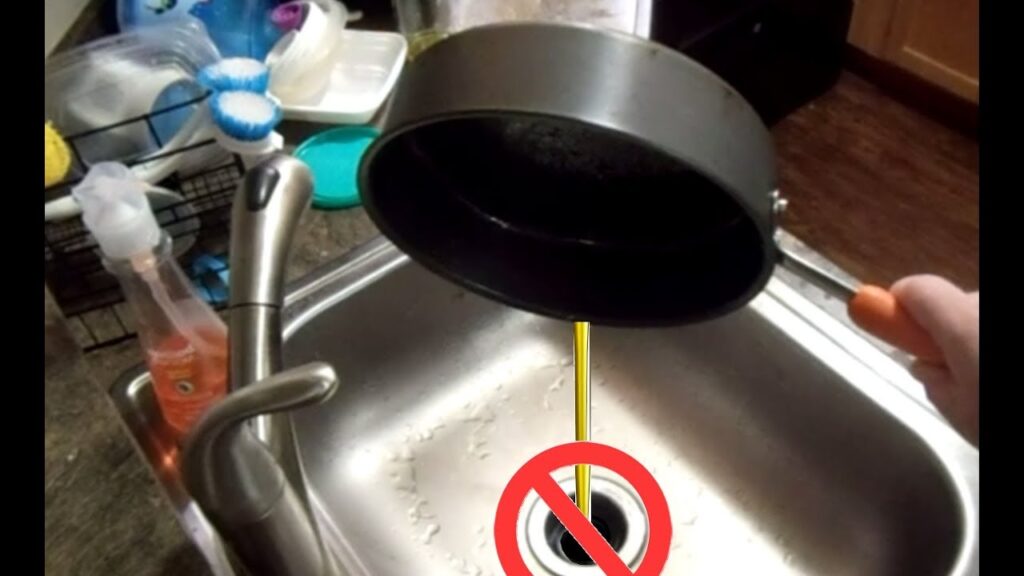
Before we tackle the grease clog issue, it’s essential to understand how your cooking habits can lead to grease disposal in your sinks. Many folks don’t realize that seemingly harmless activities in the kitchen can contribute to this common plumbing problem:
- Pouring Greasy Pans: Dumping the remnants of that bacon or fried chicken pan down the sink might be a time-saver, but it’s a grease disaster waiting to happen.
- Dishwashing Greasy Plates: Those plates covered in sauce and oil may seem like they’ll clean up fine in the sink, but they’re prime contributors to grease build-up.
- Oil and Grease-Based Sauces: Sauces like Alfredo or gravy contain lots of fat and oils, which can solidify in your pipes over time.
Signs of a Grease Clog:
Now that you know how grease finds its way into your pipes let’s discuss the telltale signs of a grease clog. Recognizing these signs early can save you from a major plumbing headache down the line:
1. Gurgling Noises:
- Listen closely as water drains from your sink.
- If you hear gurgling or bubbling sounds, especially when using other plumbing fixtures, it’s a sign that grease is causing blockages.
2. Slow Drainage:
- When water takes its sweet time draining from your sink, it’s often a clear indication of a grease clog.
- You might notice standing water or puddles around the drain.
3. Unpleasant Odors:
- Grease clogs can lead to unpleasant and persistent odors emanating from your sink.
- These odors can be a mixture of rancid fats and oils that have accumulated in your pipes.
Understanding these signs will help you take action promptly and prevent more significant issues like sewer grease backing up into your home or causing blockages in the main trunk line of your sewer system.
DIY Methods to Dissolve Grease in Pipes
Now that you’ve identified a grease clog in your pipes, it’s time to roll up your sleeves and get to work. Here, we’ll delve into some effective do-it-yourself (DIY) methods to dissolve that stubborn grease and get your pipes flowing freely again.
Boiling Water Technique:
Pouring Boiling Water to Melt and Dissolve Grease
This method is as simple as it gets:
- Boil a large pot of water.
- Carefully pour the boiling water down the drain.
- Allow it to work its magic for a few minutes.
The boiling water helps melt and dissolve the grease that’s blocking your pipes. You may need to repeat this process a few times for particularly stubborn clogs.
Vinegar and Baking Soda:
A 50/50 Mixture of Boiling Water and Vinegar with Baking Soda for Fizzing Action
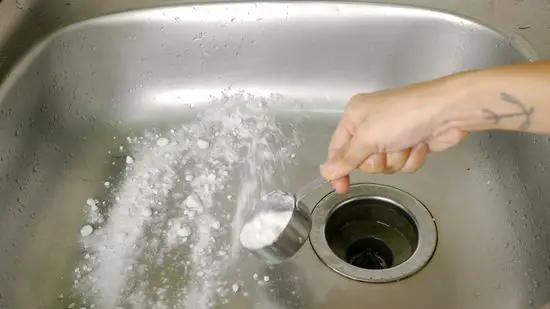
- Start by boiling water, just as in the previous method.
- Pour a mixture of equal parts vinegar and boiling water down the drain.
- Add about half a cup of baking soda.
- Let the fizzing action work for 15-30 minutes.
- Rinse with more boiling water.
The combination of vinegar and baking soda creates a chemical reaction that can help break up the grease clog. The boiling water flushes it all away.
Chemical Drain Solutions:
Widely Available Solutions for Small Clogs
You can find a variety of chemical drain solutions at your local hardware store or supermarket. These solutions often contain powerful chemicals designed to dissolve grease and other blockages.
- Follow the manufacturer’s instructions carefully.
- Typically, you’ll pour the recommended amount down the drain.
- Allow it to sit for the specified time.
- Flush with hot water.
Chemical drain solutions are effective for small grease clogs but should be used with caution. Always wear protective gear and keep the area well-ventilated.
Pipe Cleaner or Drain Snake:

Tools to Remove Deep Blockages
Sometimes, the grease clog is deep within the pipes, and you need to physically remove it. Here’s how:
- Purchase a pipe cleaner or drain snake from a hardware store.
- Insert the tool into the drain and twist or push it down until you feel resistance.
- Rotate or move the tool to break up and remove the grease clog.
- Pull the tool back up, removing the debris along with it.
This method is excellent for reaching deep blockages and physically breaking up the grease.
Powder Detergent:
Mixing Powder Detergent with Boiling Water
- Boil a pot of water.
- Add a few tablespoons of powdered laundry detergent.
- Stir until dissolved.
- Pour the solution down the drain.
Powdered detergent contains enzymes that can help break down grease. The hot water ensures that it flows through the pipes effectively.
Salt and Baking Soda:
A Combination to Dissolve Grease Clogs
- Mix equal parts salt and baking soda.
- Pour the mixture down the drain.
- Let it sit for a few hours or overnight.
- Rinse with hot water.
The abrasive nature of salt and the fizzing action of baking soda can help break down and dissolve grease clogs.
Professional Interventions
Sometimes, despite your best efforts, that grease clog just won’t budge. That’s when it’s time to call in the pros. In this section, we’ll explore when to seek professional help, the advanced tools they use, and the critical importance of addressing clogs promptly.
When to Call a Professional
Don’t hesitate to reach out to a professional plumber when you encounter:
- Recurring Clogs: If that grease clog keeps making a comeback, there may be a deeper issue within your plumbing system that needs professional attention.
- Sewer Grease Backups: If you notice sewer grease backing up into your home, it’s a clear sign of a severe blockage or damage within your sewer system.
- Multiple Affected Fixtures: When more than one plumbing fixture is affected, like the kitchen sink and the bathroom drain, it suggests a larger problem in your sewer line.
- Ineffectiveness of DIY Methods: If you’ve tried multiple DIY methods without success, it’s time to let the experts take over.
The Use of Advanced Tools like HydroScrub® Jetting and Cameras with Sonde Transmitters
Professional plumbers have an arsenal of advanced tools at their disposal to tackle even the toughest grease clogs:
- HydroScrub® Jetting: This high-pressure water jetting method can blast away grease and blockages with ease. It’s like a power wash for your pipes, leaving them squeaky clean.
- Cameras with Sonde Transmitters: Plumbers use specialized cameras equipped with sonde transmitters to locate the exact location of the clog within your pipes. This precision ensures a targeted solution.
The Dangers of Leaving Clogs Untreated
Leaving grease clogs untreated can have severe consequences:
- Sewer System Damage: Grease build-up can damage your sewer system, leading to costly repairs or even replacement.
- Environmental Impact: Clogs can lead to sewage backups, which are not only messy but also harmful to the environment.
- Health Hazards: Sewer gas released from clogs can pose health risks to you and your family.
- Higher Costs: Ignoring the problem often results in more extensive damage and more expensive repairs.
Preventive Measures
Now that you’ve conquered the grease clog, it’s time to talk about keeping your pipes as clean as a whistle in the future. Prevention is the name of the game when it comes to plumbing, so let’s explore some preventive measures.
Regular Cleaning and Maintenance
- Monthly Hot Water Flush: To prevent grease from building up, pour a pot of boiling water down your kitchen sink once a month. This will help keep those pipes slick and free of grease.
- Biological Drain Cleaner: Use an enzyme-based drain cleaner once a month. These cleaners contain helpful bacteria that munch on grease and keep your pipes clear.
- Grease Trap Maintenance: If you have a grease trap or interceptor, make sure it’s regularly cleaned and emptied according to local regulations. A well-maintained trap prevents grease from entering your drainage system.
Avoid Pouring Grease Directly into Drains
- Use a Grease Can: Instead of pouring hot cooking grease directly down the drain, let it cool and pour it into a designated grease can or jar. Once it solidifies, you can throw it in the trash.
- Scrape Dishes: Before washing oily or greasy dishes, scrape off excess grease and food residue into the trash. This reduces the amount of grease that ends up in your pipes.
The Cost of Neglect and the Benefits of Early Intervention
Don’t underestimate the impact of your actions when it comes to grease in your pipes:
- Neglecting preventive measures can lead to costly repairs and even health hazards in your home.
- Early intervention, on the other hand, saves you money, ensures the longevity of your plumbing system, and keeps your home clean and safe.
Remember, a little effort today can save you a lot of trouble tomorrow.
Conclusion
You’ve come a long way on your plumbing journey! From identifying grease clogs to dissolving them with DIY methods and knowing when to call in the professionals, you’re well-equipped to handle any grease-related plumbing challenge.
By following preventive measures and being mindful of what goes down your drains, you’re not just taking care of your plumbing – you’re also protecting your home, your wallet, and the environment.
So, go ahead, keep those pipes grease-free, and enjoy the peace of mind that comes with a smoothly-flowing plumbing system. Happy plumbing!
